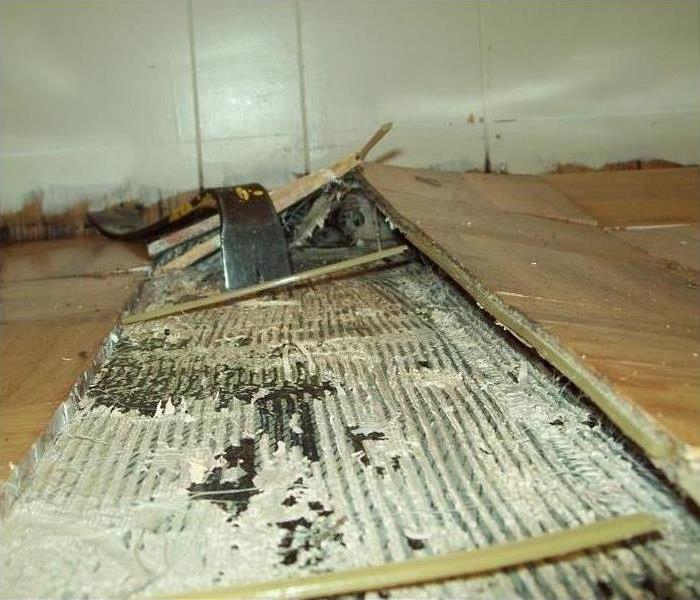Minimize Water Damage Problems With These 3 Steps
4/13/2022 (Permalink)
 The source of water damage may be simple to repair. However, broken pipes or sewer overflows cause a slew of issues for business owners.
The source of water damage may be simple to repair. However, broken pipes or sewer overflows cause a slew of issues for business owners.
Water Damage Problems Can Be Reduced With These 3 Steps
When faced with a soggy mess, commercial property owners encounter a daunting and costly situation. The primary cause of water damage may be easy to fix. However, those busted pipes or sewer overflows created severe secondary conditions, leaving proprietors with multiple issues to contain and remediate. Commercial owners in San Antonio, TX, must prioritize mitigating moisture saturation to safeguard the building and reduces. The following are three things to do right away.
1. Shut Off the Water Supply
Above all, minimize the amount of fluid exposure from broken pipes or a toilet overflow. Turn the valves to the utility to the off position, cutting the flow. If the problem continues, move to the mainline, stopping all water from entering the premises.
2. Remove Soaked Items
Water damage impacts not just the building, but the materials inside. Protect belongings that are unharmed by taking them elsewhere. Then, further cut down on space’s dampness by moving saturated objects to areas where they may dry out. Heavily saturated pieces should be disposed of in the trash.
These categories are hard to decipher. Owners working with a reputable water restoration company receive help identifying what may be salvaged through content cleaning practices versus what necessitates disposal. Businesses such as SERVPRO work hard to meet national standards and provide continuing education for certified employees, ensuring they have up-to-date knowledge and equipment to get the job done well. Expert assistance is pivotal in securing the area properly.
3. Eliminate Excess Moisture
During the water cleanup phase, specialists measure the wall’s wetness using a moisture reading tool. This information allows them to know what areas of the property require additional drying. They then work to place air movers and industrial dehumidifiers in those sections. Further readings will enable them to know when the location is dry and ready to move into a cleanup phase.
When water damage occurs, it’s time to run rather than walk, seeking assistance from a company with the right equipment and experience staff to defend the structure. The faster owners get dampness under control, the better off the property is.






 24/7 Emergency Service
24/7 Emergency Service